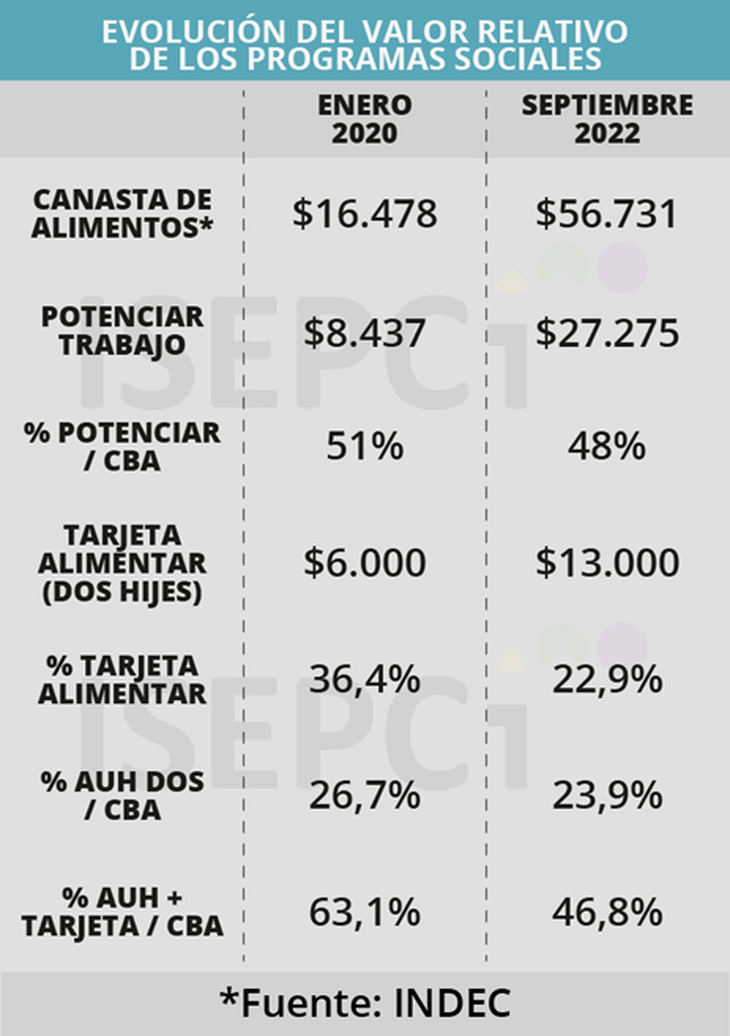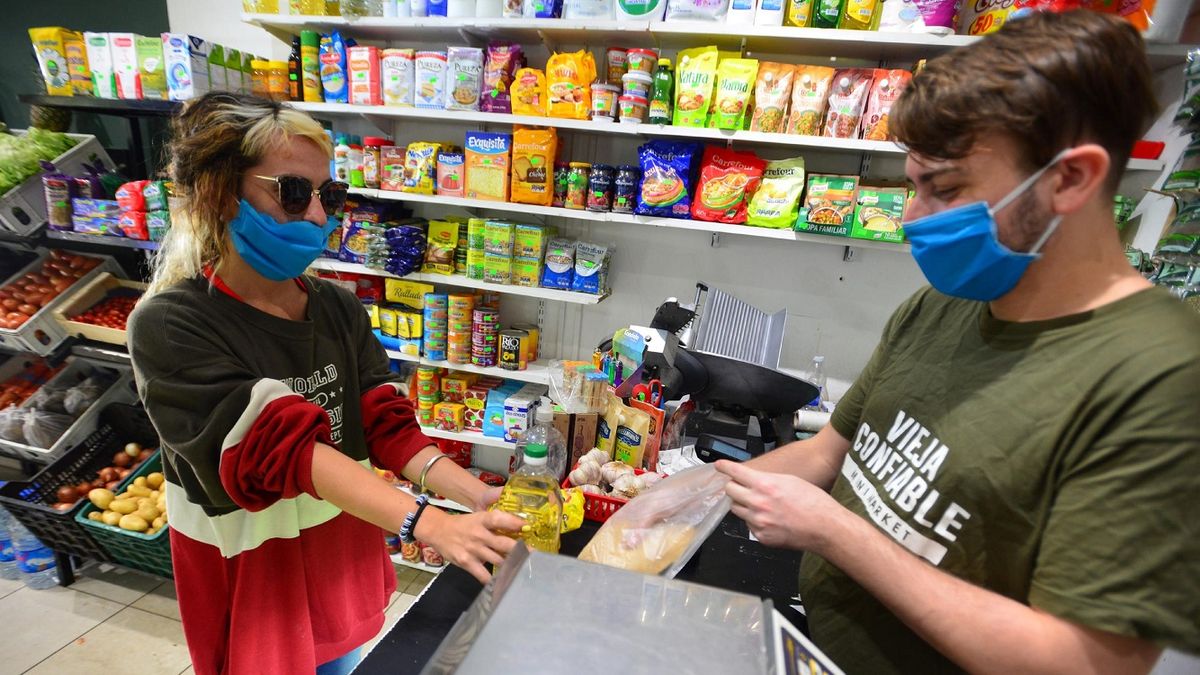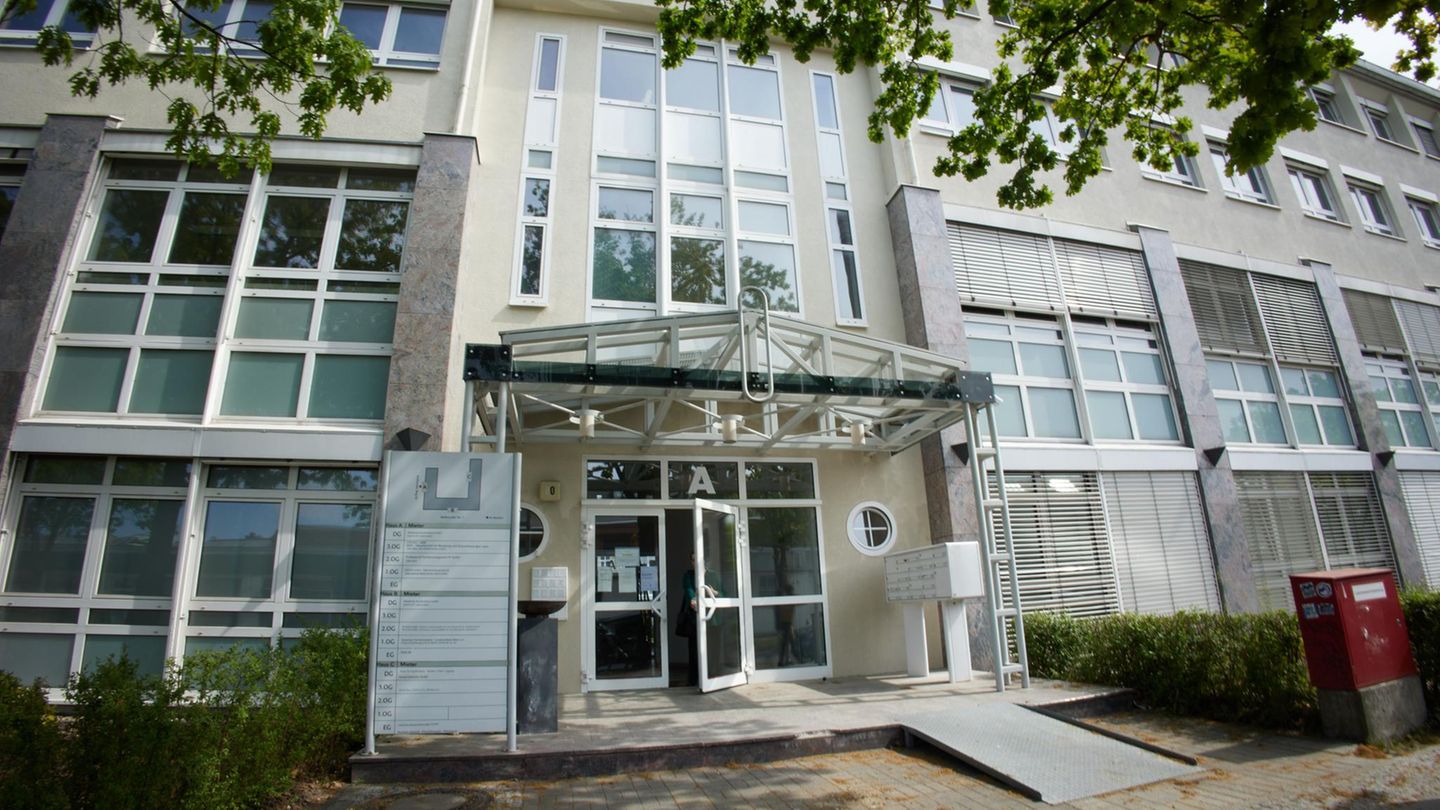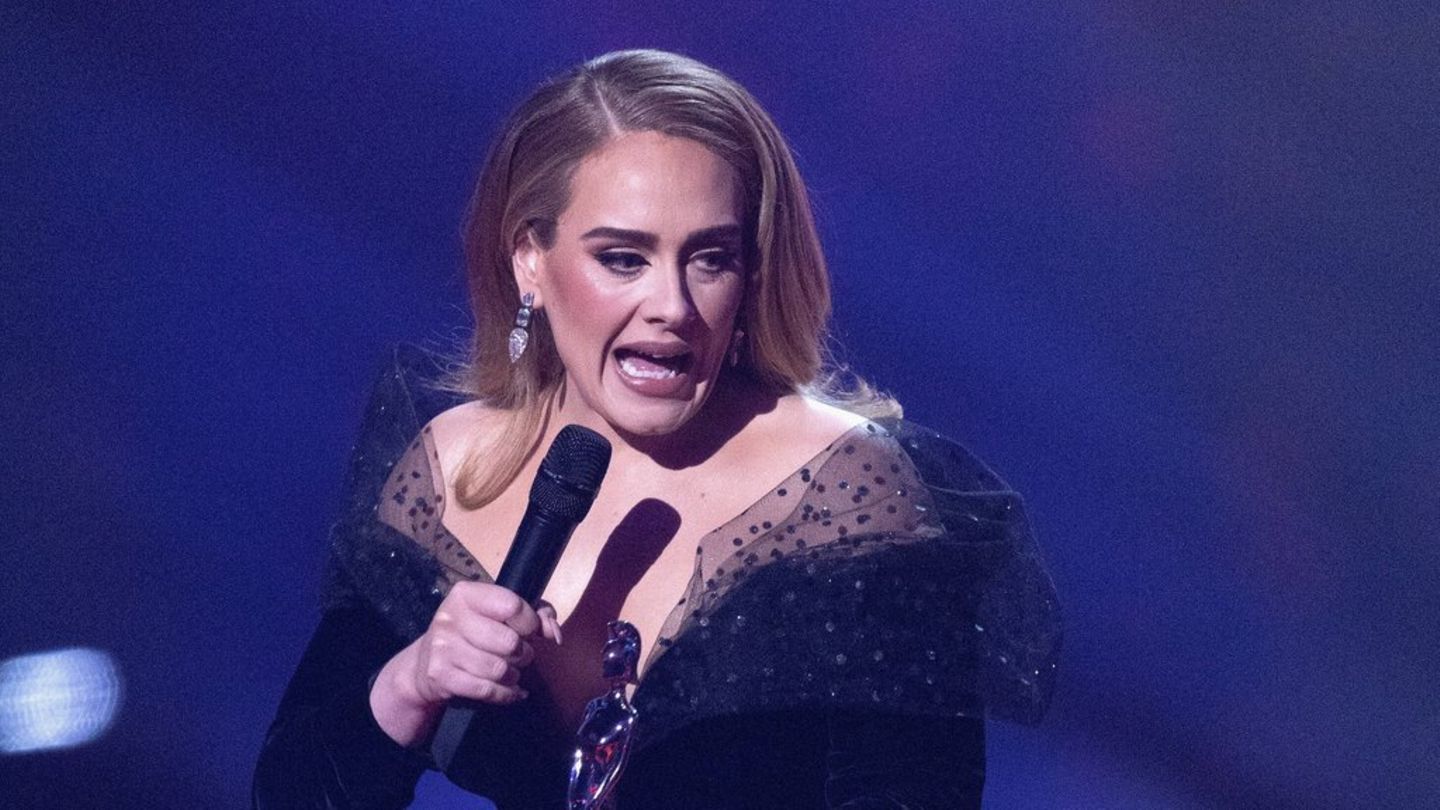In October of the previous year, the same CBA was worth $29,515.34, but twelve months later it more than doubled: 101.40%, reaching $59,443.63.
What went up more?
If we disaggregate the increases by category, fruits and vegetables continue to lead all the rankings: only in October they rose 19.72%, while they increased 158% since October 2021. The products that are usually purchased in the store in October rose 7, respectively, 55% and 103.45% while meat increased 1.21% last month and 72.89% from a year ago.
So far in 2022, the value of the CBA has risen 86.64%, with a strong acceleration in the last four months. In October the CBA cost $27,593.68 more than in December of the previous year, with the particularity that in the last four months the rise was greater than in the entire first semester.
image-14.png
Impact on purchasing power
The increases in these prices – which have accelerated in recent months – have long been affecting the loss of purchasing power of wages in general, and in particular on social allowances, retirement and minimum wages. A quick comparative count with the value of the CBA (measured by INDEC) from the beginning of 2020, until last September, shows some significant data.
In January 2020, promoting work (it was called a complementary social salary) covered 51% of the total Food Basket, last September it reached 48% of the CAB; in January 2020 with the Food Card you could buy up to 36% of basic food, in September it only reached 23% of food; Finally, with the AUH for two children, in January 2020 a family bought up to 26.7% of their food, in September 2022 only 23.9% of the same products.
Isepci.png

Source: Ambito
David William is a talented author who has made a name for himself in the world of writing. He is a professional author who writes on a wide range of topics, from general interest to opinion news. David is currently working as a writer at 24 hours worlds where he brings his unique perspective and in-depth research to his articles, making them both informative and engaging.




